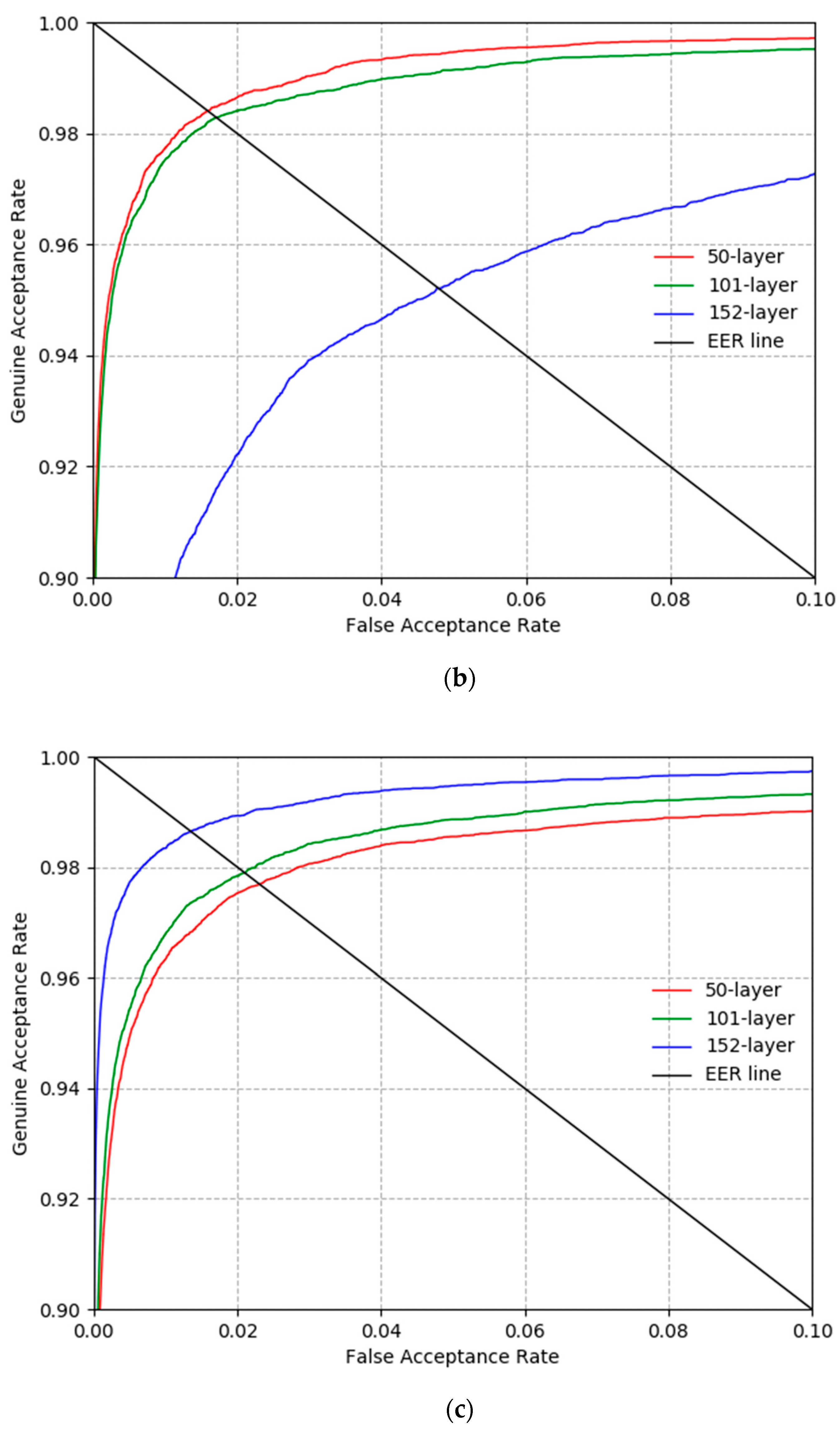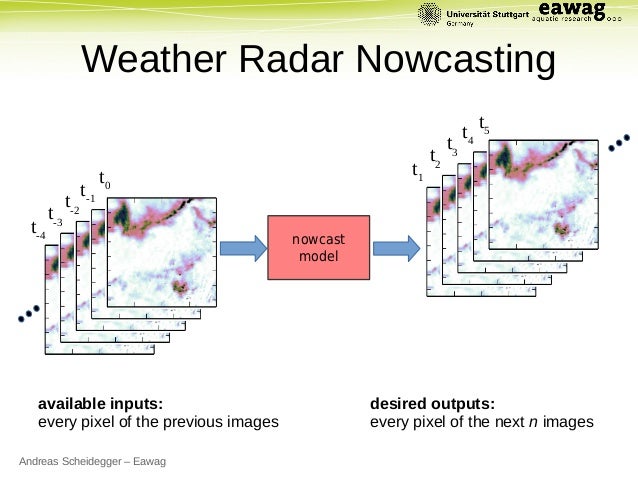
Soon, another machine learning method namely support vector regression (SVR) is proposed to deal with this problem 17, 18. The RBF networks successfully find the directions of signals, although the result is some rough. The centers, deviations and weights of these RBFs are trained to fit a mapping between input-output pairs.

RBF networks are often characterized by one hidden layer, of which each neuron is activated by one RBF (usually Gaussian function). As far as we know, the earliest attempts on ANN based DOA estimation trace back to Radial Basis Function (RBF) neural network 15, 16. By considering DOA estimation as a function approximation problem, ANNs show the abilities to establish the mapping between spatial covariance matrix and directions of source signals.

Performing only basic mathematical operations and calculating elementary functions, ANNs are much faster than conventional DOA algorithms. However, these subspace based algorithms are difficult to implement in real time because of the time-consuming process of spatial covariance matrix eigenvalue decomposition.Īlternatively, machine learning approach based on artificial neural network (ANN) has also shown its potential application in DOA estimation 11, 12, 13, 14. Besides, many useful modifications of MUSIC and ESPRIT algorithms have also been proposed under different conditions 5, 6, 7, 8, 9, 10. Utilizing space rotational invariance, ESPRIT effectively reduces the amount of computations by avoiding spectral search. Performing spectral search, MUSIC can provide accurate DOA estimation at the cost of high computational complexity. So far, numerous algorithms have been devised to deal with the DOA estimation problem and among them, the subspace based estimation methods such as MUSIC (MUltiple SIgnal Classification) and ESPRIT (Estimation of Signal Parameters via Rotational Invariance Techniques) are well-known for their high resolution capabilities 3, 4. There have been long-lasting developments in DOA estimations 2. Signals received by the antenna arrays are down-converted into baseband signals, digitalized, and then used to form a spatial covariance matrix that is the input to most DOA algorithms. Zhou Y, Mickeal J, Ford B (2004) A neural network based approach for ESM/radar track association.Direction-of-arrival (DOA) estimation using multiple antenna technologies, such as smart antenna systems, is a very important problem in many applications, including wireless communications, source localization, speech enhancement, robot audition, astronomical observation, radar and sonar 1. IEE Proc Radar Sonar Navig 147(4):177–187įarina A, Miglioli R (1998) Association of active and passive tracks for airborne sensors. Wang GH, Mao SY, He Y, Liu YJ (2000) Triplethreshold radar-to-ESM correlation algorithm when each radar track is specified by different number of measurements. Smith JF (1997) A fuzzy logic multisensor association algorithm. Defence research establishment Ottawa technical report


IEEE Trans Aerosp Electron Syst 18(4):438–447īenameur K (2001) Radar ESM track to track association. Trunk GV, Wilson JD (1987) Association of DF bearing measurements with radar tracks. Wiley RG (1993) Electronic intelligence: the analysis of radar signals, 2nd edn. Artech House, Norwoodīar-Shalom Y (1990) Multitarget-multisensor tracking: advanced application. Hall DL (1992) Mathematical techniques in multisensor data fusion.


 0 kommentar(er)
0 kommentar(er)
